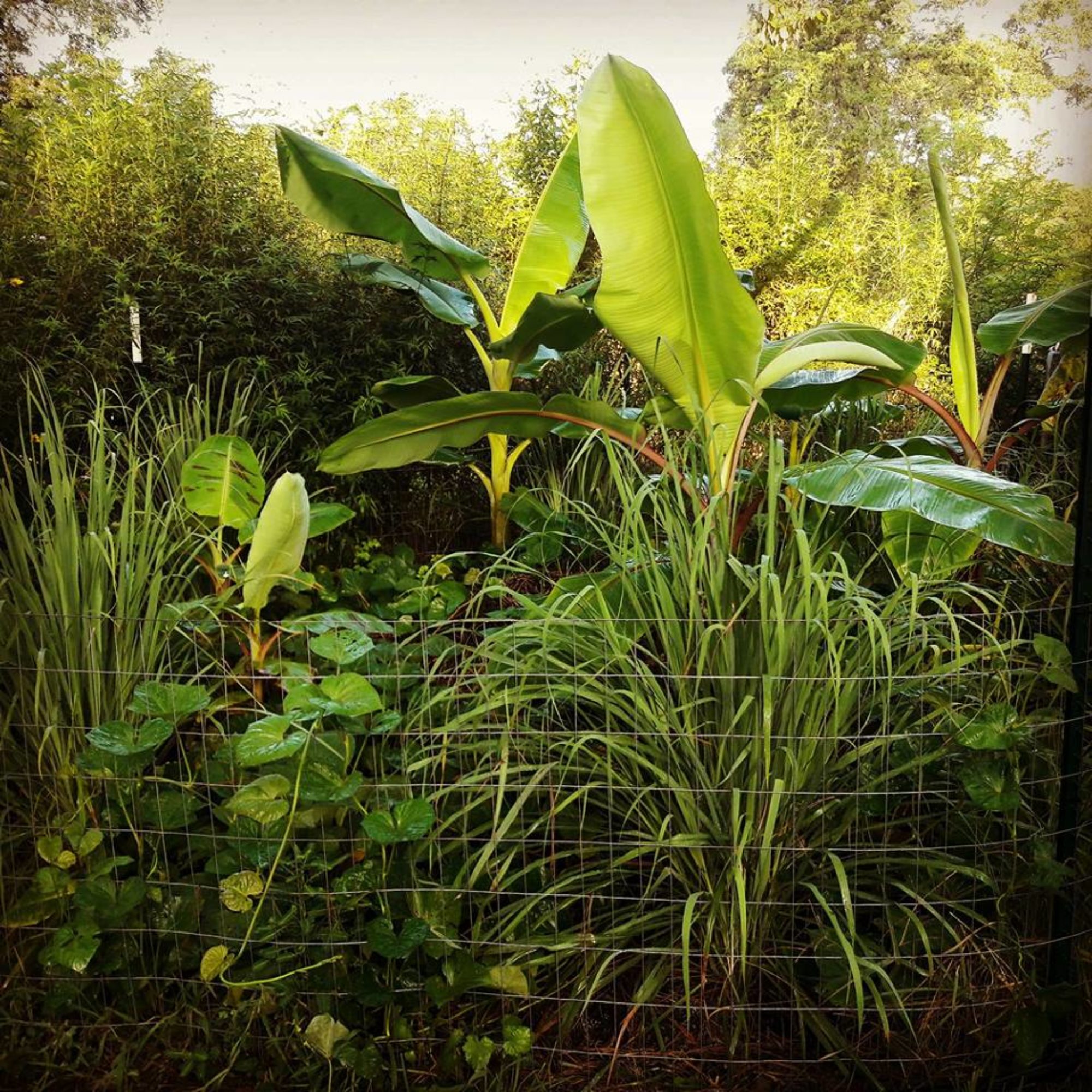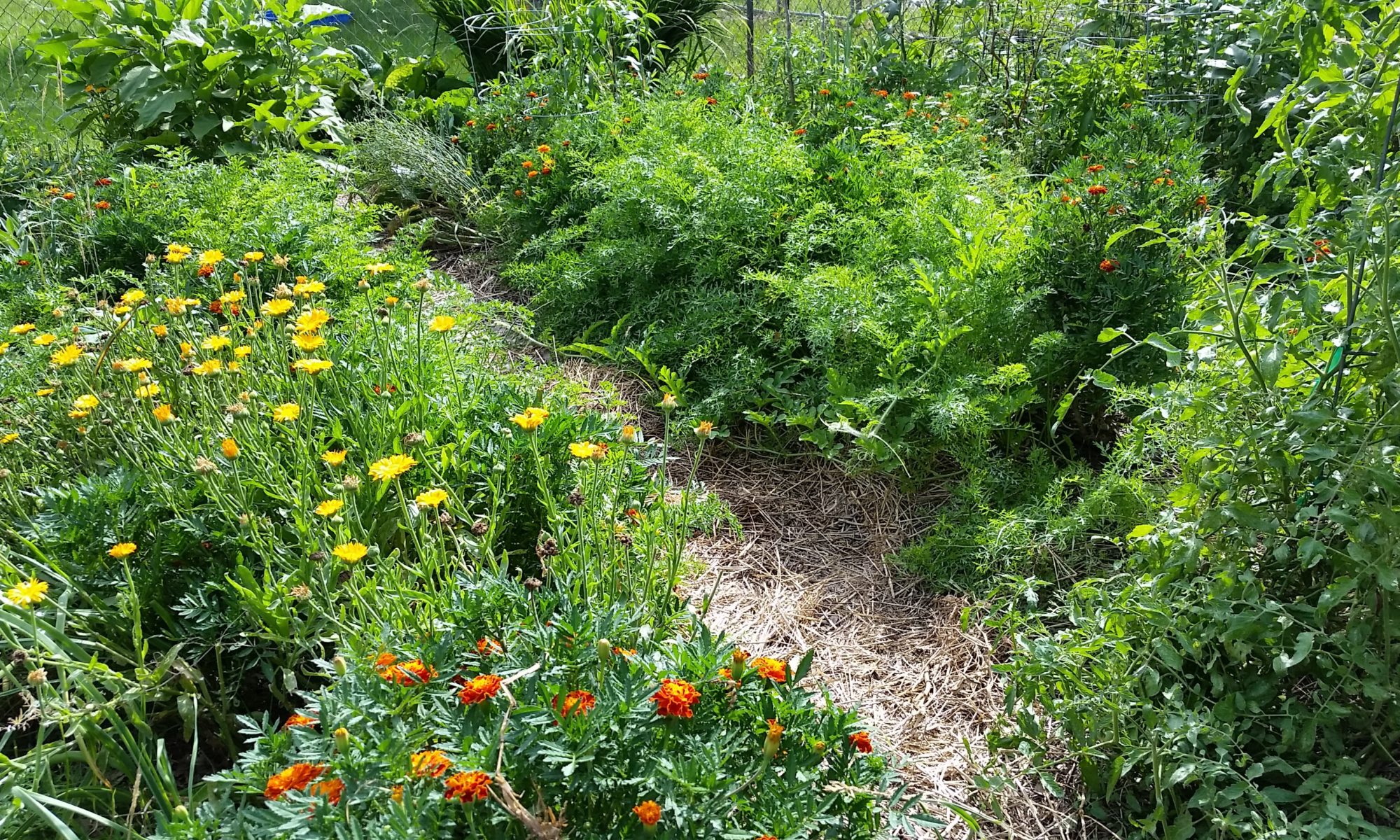What Is Permaculture?
The Practice, Directive, Basic Principles and Ethics of The Permaculture Philosophy
Permaculture integrates land, resources, people and the environment through mutually beneficial relationships – imitating the no waste, closed loop systems seen in diverse natural systems. Permaculture observes and applies holistic solutions that are applicable in rural and urban contexts at any scale.
Permaculture is a word originally coined by Bill Mollison and David Holmgren in the mid-1970’s to describe an “integrated, evolving system of perennial or self-perpetuating plant and animal species useful to man.”
A more current definition of permaculture, which reflects the expansion of focus implicit in Permaculture One, is ‘Consciously designed landscapes which mimic the patterns and relationships found in nature while yielding an abundance of food, fiber and energy for provision of local needs. People, their buildings and the ways in which they organize themselves are central to permaculture. Thus the permaculture vision of permanent or sustainable agriculture has evolved to one of permanent or sustainable culture.’
Permaculture is not just about food and edible landscapes, although we talk much about that. Permaculture is guided by 3 major elements as outlined below:
The Prime Directive.
The only ethical decisions is to take responsibility for our own existence and that of our children.
The 3 Ethics.
- Care of Earth – We are all dependent on a healthy planet to sustain us. To endanger life on this planet is to endanger ourselves. This is clear enough. All life has an inherent value. Once this is recognized, thoughtless environmental destruction can be avoided.
- Care of People – People Care begins with ourselves and expands to include our families, neighbors and communities. The challenge is to grow through self-reliance and personal responsibility. Self-reliance becomes more feasible when we focus on non-material well-being, taking care of ourselves and others without producing or consuming unnecessary material resources.
By accepting personal responsibility for our situation as far as possible, rather than blaming others, we empower ourselves. If we can recognize that a greater wisdom lies within a group of people, we can work with others to bring about the best outcomes for all involved.
- Return of Surplus – Energy has to flow, as nutrients have to cycle. Stagnation leads to unfit systems. The products of a system have to go back into that system to maintain its health and future viability.
See this video for a visual demonstration of permaculture ethics.
12 Principles.
- Observe and Interact – “Beauty is in the mind of the beholder”
By taking the time to engage with nature we can design solutions that suit our particular situation. - Catch and Store Energy – “Make hay while the sun shines”
By developing systems that collect resources when they are abundant, we can use them in times of need. - Obtain a yield – “You can’t work on an empty stomach”
Ensure that you are getting truly useful rewards as part of the working you are doing. - Apply Self Regulation and Accept Feedback – “The sins of the fathers are visited on the children of the seventh generation”
We need to discourage inappropriate activity to ensure that systems can continue to function well. Negative feedback is often slow to emerge. - Use and Value Renewable Resources and Services – “Let nature take its course”
Make the best use of nature’s abundance to reduce our consumptive behavior and dependence on non-renewable resources. - Produce No Waste – “Waste not, want not” or “A stitch in time saves nine”
By valuing and making use of all the resources that are available to us, nothing goes to waste. - Design From Patterns to Details – “Can’t see the forest for the trees”
By stepping back, we can observe patterns in nature and society. These can form the backbone of our designs, with the details filled in as we go. - Integrate Rather Than Segregate – “Many hands make light work”
By putting the right things in the right place, relationships develop between those things and they work together to support each other. - Use Small and Slow Solutions – “Slow and steady wins the race” or “The bigger they are, the harder they fall”
Small and slow systems are easier to maintain than big ones, making better use of local resources and produce more sustainable outcomes. - Use and Value Diversity – “Don’t put all your eggs in one basket”
Diversity reduces vulnerability to a variety of threats and takes advantage of the unique nature of the environment in which it resides. - Use Edges and Value the Marginal – “Don’t think you are on the right track just because it’s a well-beaten path”
The interface between things is where the most interesting events take place. These are often the most valuable, diverse and productive elements in the system. - Creatively Use and Respond to Change – “Vision is not seeing things as they are but as they will be”
We can have a positive impact on inevitable change by carefully observing and then intervening at the right time.
See this video for a visual demonstration…
See blog post with related discussion.
[TheChamp-FB-Comments]

